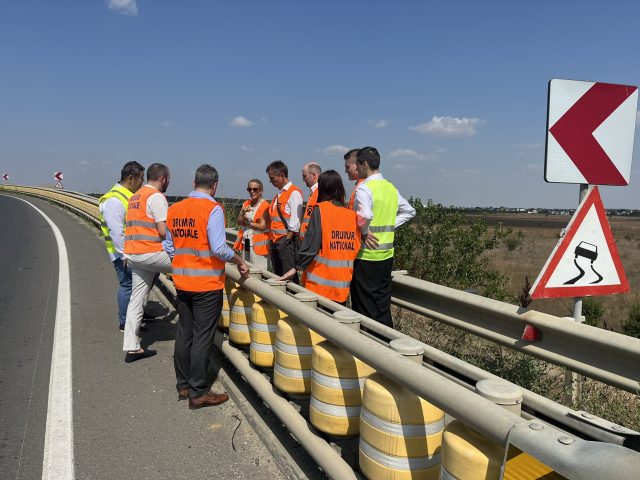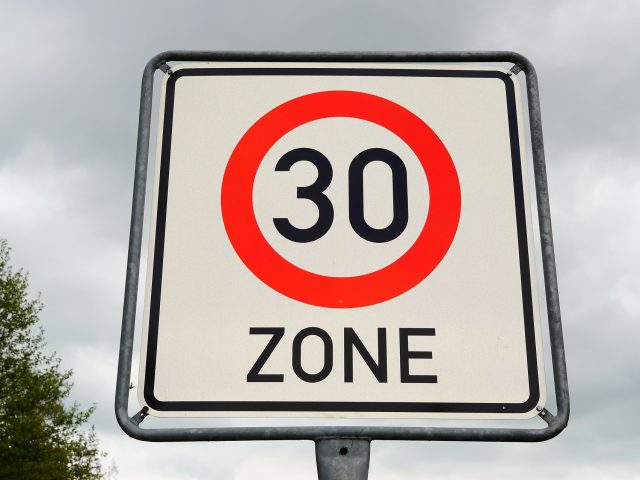‘Safety concerns’ over mystery exemption to EU safety rules
EU Member States have approved an exemption to EU vehicle type approval rules for a new automated lane change system, despite safety concerns being raised. No details of the system have been made public including the name of the make and model of vehicle the system will be fitted to.
In a behind-closed-doors meeting in December of the “Technical Committee – Motor Vehicles” (TCMV) EU Member State representatives approved a European Commission decision to grant the German government permission to certify EU-wide a new vehicle with an automated lane changing system. The decision means the exempted vehicle will now be cleared for sale in all 28 EU Member States.
The minutes of the meeting briefly recount a discussion at the November TCMV meeting highlighting concerns over the safety aspects of the system related to the “minimum range between vehicles”. However the minutes of the earlier meeting do not give any further details of the discussion, merely noting that the vote had been postponed until December. A Commission official told the December meeting that several bilateral meetings “in order to discuss potential solutions” had taken place and ”an agreement was reached”. This, apparently, was enough to convince the gathered officials (24 of which voted in favour, with one abstention) to approve the exemption. Adding to the lack of transparency, the voting record does not show how each Member State voted.
ETSC is a member of the European Commission’s Working Group on Motor Vehicles, an advisory committee, but is not permitted to attend the TCMV which is an official body whose function is to enable Member States to hammer out the details of how legislation should work in practice. Under EU law this process is known as ‘comitology’.
The Commission has not published any details of the system in question and even the manufacturer and model are not named. However, as the approval request came from Germany it is likely to be for the Mercedes-Benz Active Lane Change Assist system, the first such system from a German manufacturer. The system is described by Mercedes as being able to assist the driver in making a lane change at speeds of up to 180km/h.
ETSC is concerned over the total lack of transparency surrounding this process, especially as many similar exemptions are likely to be requested as more manufacturers begin offering new driver assistance systems and automated features. Each granted exemption only applies to a specific model so other companies wishing to develop and market a lane change assistance system would need the relevant national type approval authority to submit a separate request for an exemption.
Antonio Avenoso, Executive Director of ETSC commented:
“Carmakers are rushing to market new features that come with unknown safety risks, and the power to decide on their approval is held by an obscure technical committee that does not publish detailed information about the systems it exempts or any kind of safety impact assessment. The EU, can and must do better than this.
“Here we have a system that can move a vehicle into the next lane and we have no idea what sensors it uses, whether it looks in front as well as behind the vehicle, what objects it can recognise, under what weather conditions it operates or what other factors are taken into account. ”
“There should be full disclosure by manufacturers of the systems they want exempted, full details of the testing regime that has been applied, and, as a minimum, the committee should publish a detailed opinion on why it considers the exempted system to be safe.“








